Many critics saw Turner's painting, Rain, Steam and Speed as another gloomy interpretation of the age of steam.
But author, John Gage (1) can see no evidence to suggest that Turner was as pessimistic as his peers. He argues that Turner, always interested in scientific developments, was really excited about the new technology.
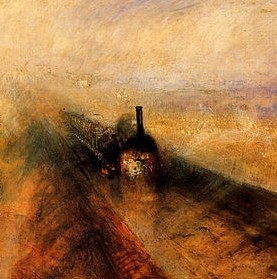
In his picture, the hare which can be seen running in front of the engine, is in no real danger from the speed of the train at this point. The hare was a well used artistic symbol of speed for Turner. It isn't very visible in a print, but if you get to the National Gallery in London you can study the original painting and see the little hare quite clearly, along with it's opposite symbol - a man ploughing a field.
In the picture, crowds wave from the river bank, showing the public enthusiasm for passing trains.
And in reality, when the Bristol and Exeter line opened, business in Exeter was suspended as thousands of people flocked into the streets whilst bands played.
This hardly suggests that Turner was a miserable anti-train, Luddite grump!
But naturally, there are many ways of interpreting a painting and some critics saw the hare, a force of nature, escaping from the onslaught of the fiery locomotive. Likewise, the man ploughing the field carries on with his work, like a symbol of steadfast labour, unaware that industrialisation will affect his seemingly timeless tasks.
Turner may have incorporated these allegories into his painting because the fears and doubts expressed by his contemporaries were in many ways justified - yet Turner's outlook was, according to John Gage, on the whole a cause for celebration.
In addition, the railway excursion was a joyful occasion for ordinary working people, opening up areas of the countryside hitherto unreachable and allowing them to visit such exciting events as The Great Exhibition of 1851.


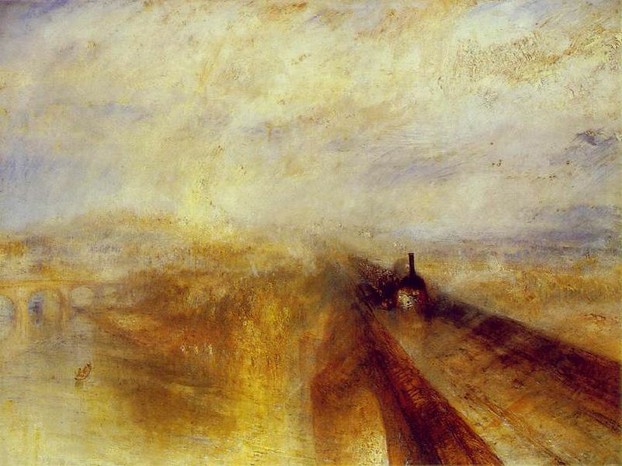
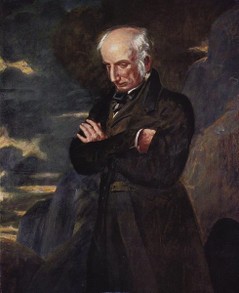
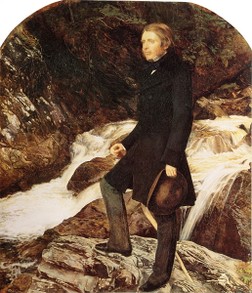
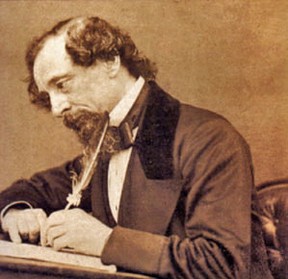
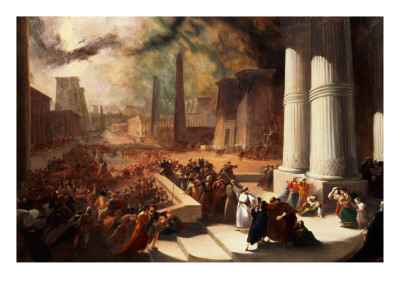




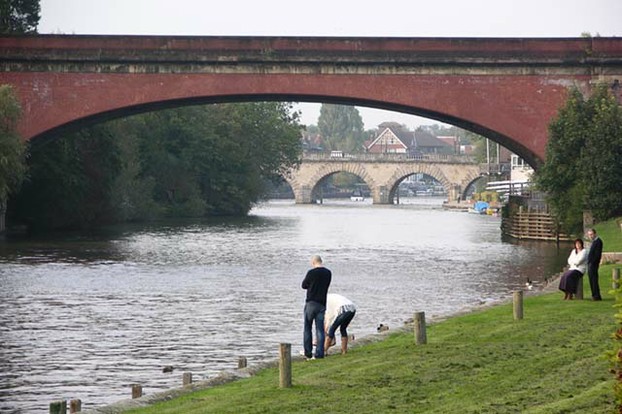
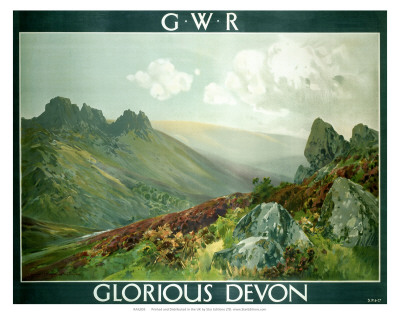
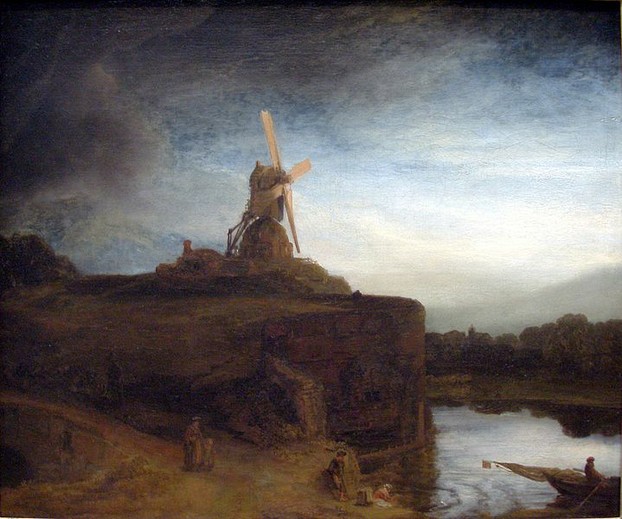



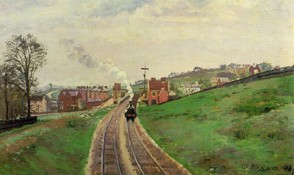
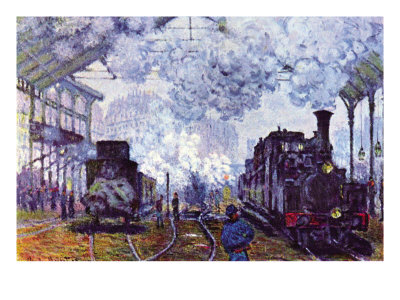
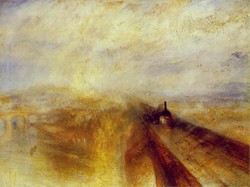

 How to Choose a Walking Cane or Stickon 08/01/2014
How to Choose a Walking Cane or Stickon 08/01/2014
 Michael Miller Fabulous Fabric Swatches for Quilting, Crafts etcon 07/02/2014
Michael Miller Fabulous Fabric Swatches for Quilting, Crafts etcon 07/02/2014
 The Drama of Life in the Rock Poolon 06/08/2014
The Drama of Life in the Rock Poolon 06/08/2014
 The Flâneur - Symbol of Modernity in 19th Century Parison 05/09/2014
The Flâneur - Symbol of Modernity in 19th Century Parison 05/09/2014

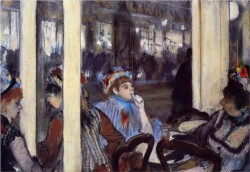
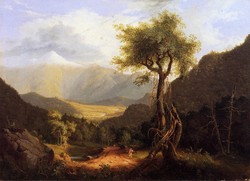
Comments